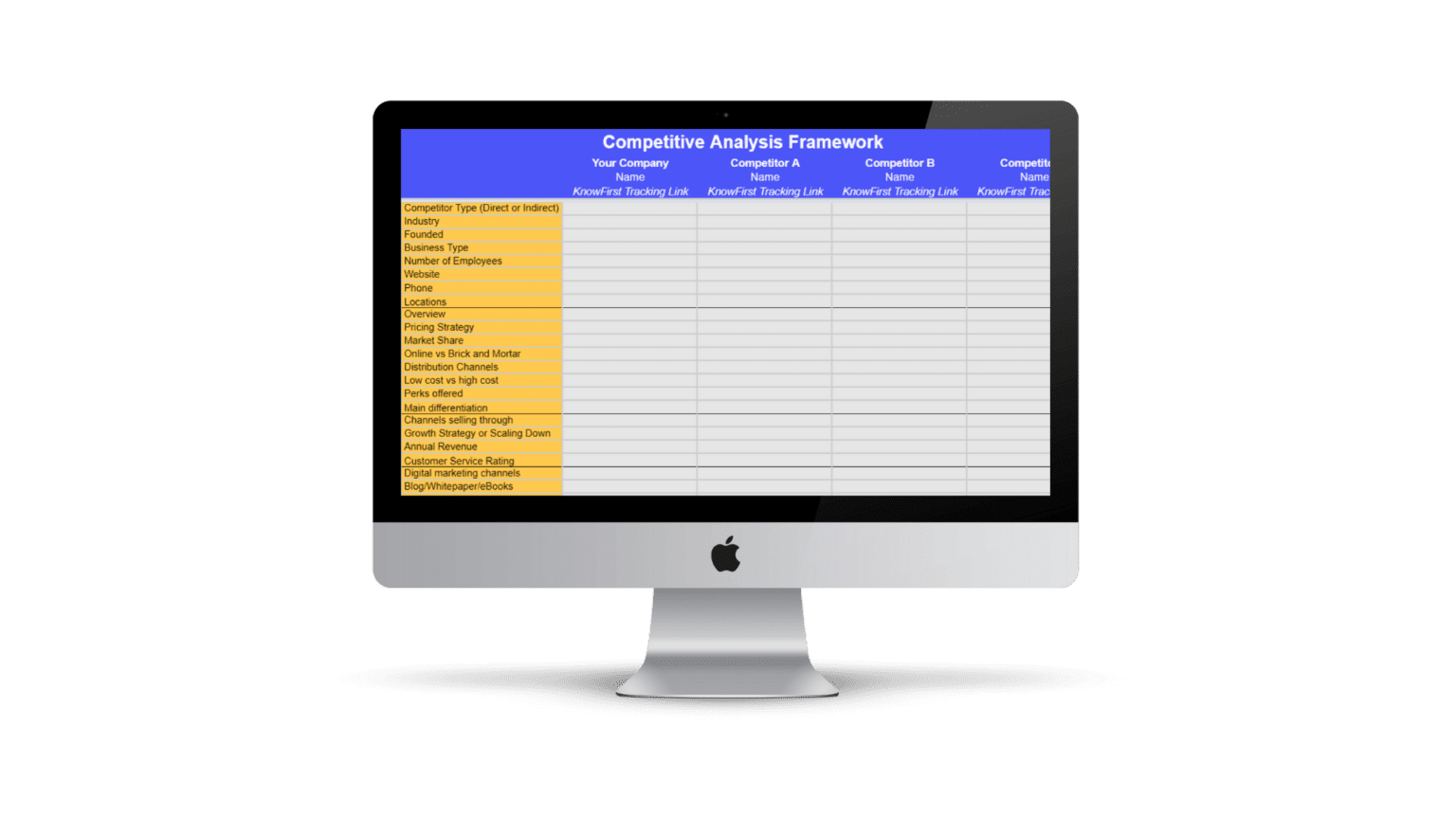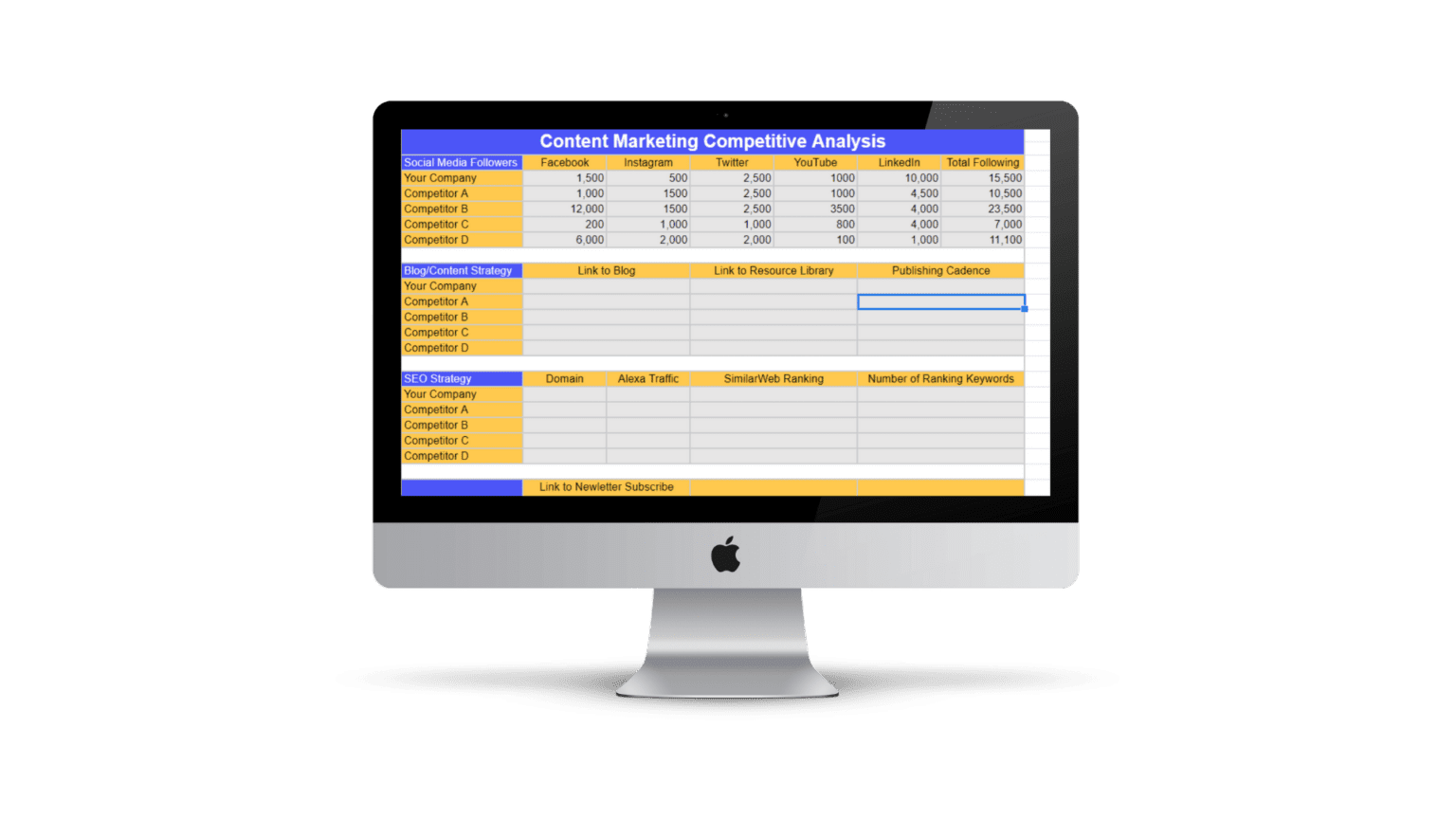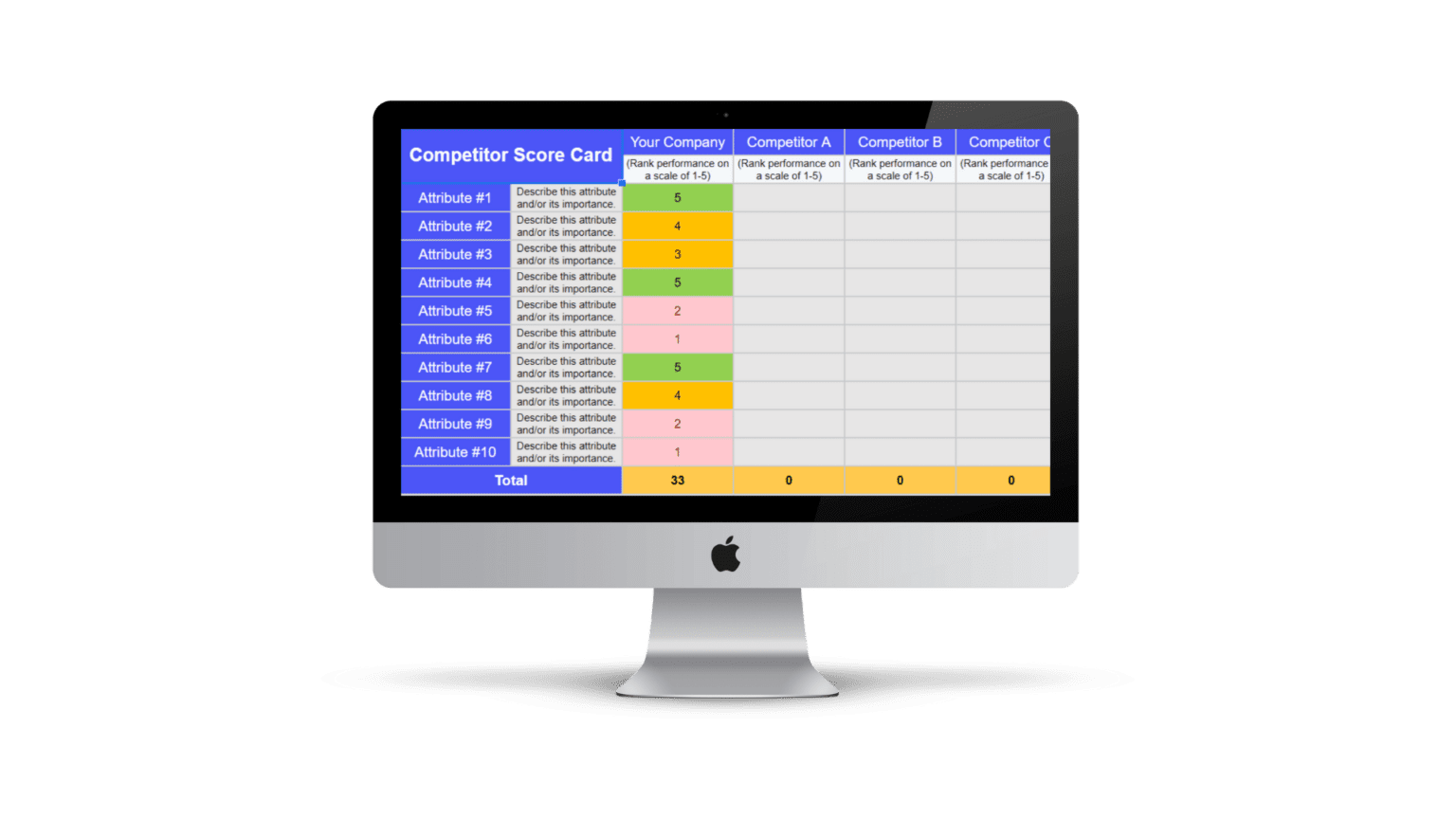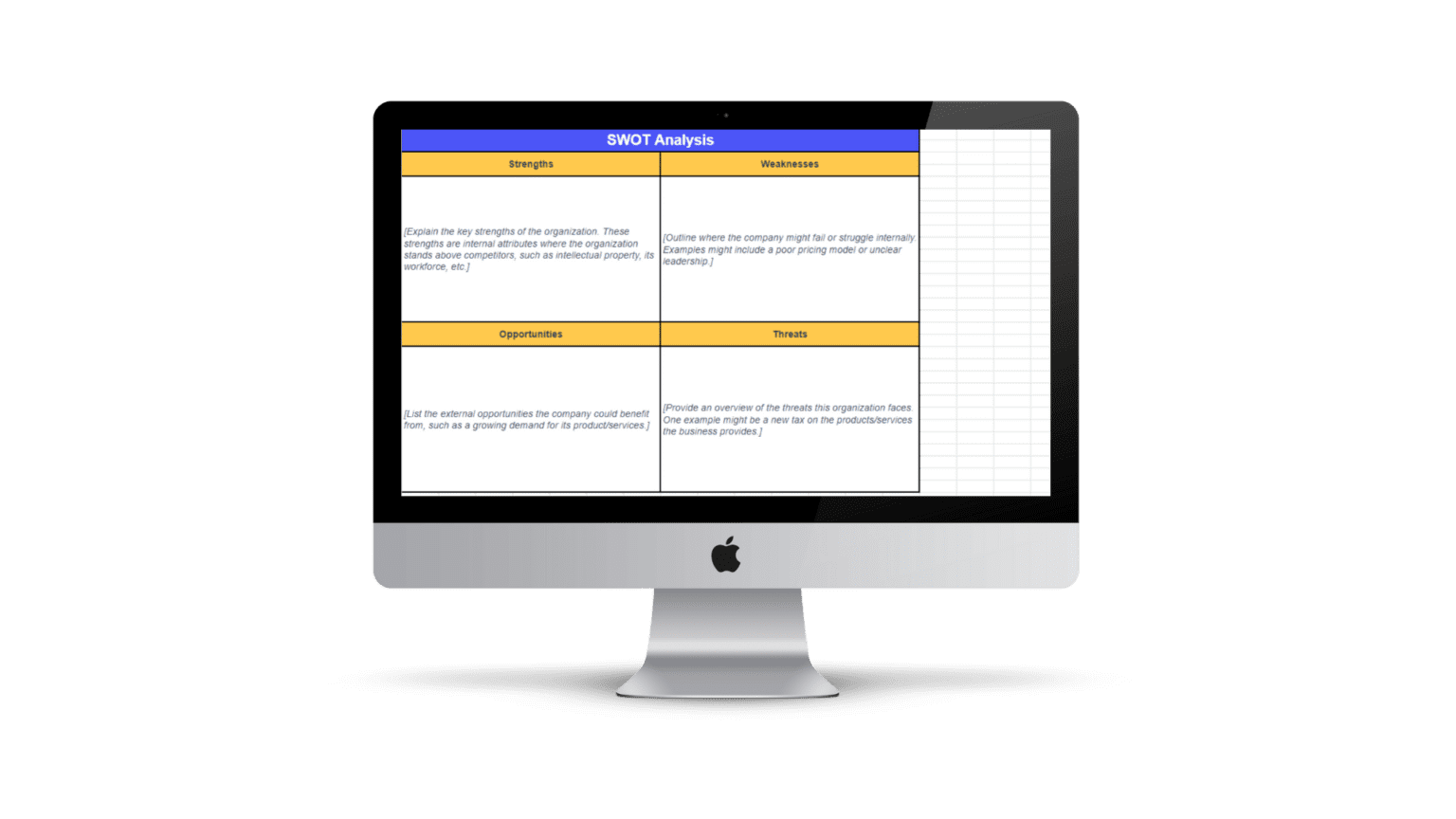Prospecting for new clients isn’t easy. Certain tools (like ours!) make it easier, but most sales professionals will tell you that prospecting is one of the hardest parts of the sales process.
Most markets these days are saturated with products, tools and services. An average person can see up to 10,000 marketing messages per day. No wonder people are playing hard to get, because, let’s be honest, they are overwhelmed with their choices.
Your prospects are spending more time researching and analysing opportunities, with research showing that 94% of B2B buyers use the internet before making a purchase. But don’t despair, it just means your buyers are well-informed of their choices and have done some of your work for you.
Research shows that successful sales professionals spend 4 or more hours a day on sales-related prospecting. By spending the time needed to identify, research, personalise and contact key prospects you can ensure you have a sales pipeline full of leads, higher chances of conversion, and better win rates!
Your prospecting game plan will demonstrate the difference between top-performing sales professionals and everyone else. If done right, your polished sales skills will convert more clients, in less time, with a higher ROI.
What does your ideal client look like? Use your top 5 clients, worst 5 clients, and your 5 most profitable clients to help you build a picture of who you should be targeting (and who you shouldn’t), what their interests are, and where you can find them.
Also, consider the problems your prospects are facing. What pain points does your prospect have, and what does your solution solve for them? Once you have created your ideal prospect profile, the real fun begins!
Creating your prospect list can be tiresome but incredibly rewarding. There is nothing better than moving a prospect through the sales funnel, one step at a time. Use your research time to:




Track and analyse your competitors while decreasing your research time by 50%.
You are now equipped with all the knowledge you need to start tackling the list, one prospect at a time. Whether it be a phone call, a personalised email, or even directly approaching someone at a conference they are also attending, it is time to prioritise your cold, warm and lost list.
Top tip – write down some open-ended questions for your prospects. Let them discuss their pain points, their needs and wishes, and where they are in their decision process. The more information you can gather, the more opportunity you have to provide a solution that lines up directly.
Never miss an opportunity to ask for a referral. There are numerous times within your sales process, and following your solution implementation, when you should be asking for referrals. If you deliver a quality product or service, your prospects will bend over backward to refer you to their colleagues.
The sales industry isn’t exactly known for its trusting personalities. But we can change this perception one sales professional at a time. By knowing a lot about everything, you go from a ‘salesperson’ to an ‘expert in the field’. And experts are trusted, no matter what industry you are in.
Here comes the good part… If you have done all the research you should have done, you should be an expert already! But don’t just stop at the knowledge you need on your prospect, make sure your expertise extends to the industry and your own product.
Whether we like it or not, your activity on your social media platforms can help you seal the deal (and sometimes turn your prospect away, but let’s stay positive over here!).
Did you know – Using social selling tools can increase win rates by 5% and deal size by 35%
Here’s the catch though. A social media presence adds to your prospecting arsenal and doesn’t replace your other sales prospecting tools.
Your prospects are time-poor and are often navigating multiple projects. Following them up puts you front of mind once again. Your follow-up is also a great way to build your relationship and provide them with any additional information they may have forgotten to ask you.
Whether it is a casual check-in, thank you or product update, following up with your prospects increases your chances of converting those prospects into paying clients.
Do you need to conduct a competitive analysis? Do you have any idea where to start, let alone know how to do one efficiently?
The key to conducting a successful competitive analysis does not happen by just taking a quick look over their website and LinkedIn page. If you do this, you may be able to put together some interesting information on what they want you to think they are like. But what do these mediums not tell you? And how can you use this information to your advantage?
Conducting a competitive analysis can help you, your colleagues and other key stakeholders learn absolutely everything about how your competition works. The best part? A great competitive analysis will also be able to identify potential opportunities where you can out-perform them. As a bonus, it also helps you remain in the loop with industry trends, upcoming players and identifies shifts in best practices.
So your boss asked you to complete one, but you don’t see the point? Unfortunately, we agree with your boss in this situation. A competitive analysis is important, really really important. Why? Here are four key outcomes when completing your competitive analysis. These include:




Track and analyse your competitors while decreasing your research time by 50%.
There are two types of competitors to consider.
This should include their pricing strategy as well as the quality of the product or service they are offering their customers. Don’t forget these key questions:
Did you manage to find the answers about your competitors’ products and services? Now you can start scoping out the rest of your competitors’ efforts!
This is where your competitive analysis can get a bit tricky and finding all of the information can be quite time consuming (unless you are a KnowFirst™ premium subscriber of course!). Answering these questions will give you an idea of how competitive the sales and marketing strategies are, ultimately giving you a big picture of what your competitors stand for and how you can charge your own strategies to excel past them.
Start by finding answers to questions such as:
And when it comes to their marketing, look to answer:
Content will be king for a lot of industries, and often creates a large amount of in-bound traffic for your digital channels. Analysing your competitors’ content can also give you an idea of their overall brand and target audience. Top considerations should be:
Social media, and other digital platforms, continue to drive engagement and authority for most organisations. Key questions to ask include:
And the big question you should ask: How does your content compare?
By analysing your competitors’ social platforms, you can truly get an idea on who their target and what their priorities are. Are they focused on growing a particular product or service? Do they draw people in with competitions and free offers? How engaged are their clients in interacting with the brand?
Being able to beat your competition requires knowing as much as possible about them. And their tech stack is often a breadcrumb trail, leading you to insights into their strategies and key differentiators.
So what can their tech stack tell us?
By having access to this information, you can arm yourself with everything you need to outperform their processes.
If you have gotten all the way to this step, you probably feel like you know everything you need to about your competition. And this is why your SWOT analysis is one of the most important steps. It puts all you have learnt together and compares their weaknesses against your strengths and vice versa.
Some key questions to get you started:
By asking open-ended questions, you’ll have honest feedback about what customers find appealing about your brand and what might be turning customers away. Ultimately you can better position your company, and start to uncover areas for improvement within your own brand.
Through your competitive analysis, you have taken a significant amount of time looking at your competition. But how do you stack up against their business, sales and marketing endeavours? By comparing your own metrics to those of your competitors, you can establish a baseline and accurately compare and contrast all of the data available.




Track and analyse your competitors while decreasing your research time by 50%.